Search Images
Browse Content (p. 1646)
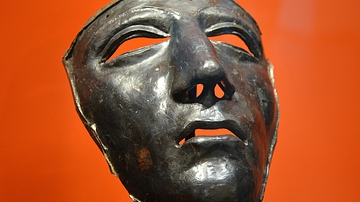
Image
Kalkriese face mask for Roman cavalry helmet
This military face mask is one of the most exceptional finds at the Kalkriese battle grounds. As 'The Kalkriese Type' it stands as the prime example for masks with a small face, the eyes are not particularly even, but give good sight. It...
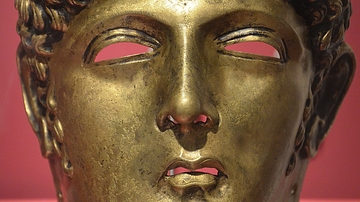
Image
Cavalry Helmet Face Mask
Golden Cavalry Face-Mask Helmet (Type Ribchester), found on the bed of the Corbulo Canal (Fossa Corbulonis) near the Roman fort of Matilo (modern Leiden, Netherlands), dating from 80-125 CE. (Rijksmuseum van Oudheden, Leiden)
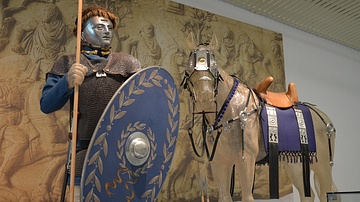
Image
Roman Cavalryman Model
A reconstruction of a cavalryman and horse wearing pieces of display armour typical of the hippika gymnasia. (Museum het Valkhof, Nijmegen, Netherlands)
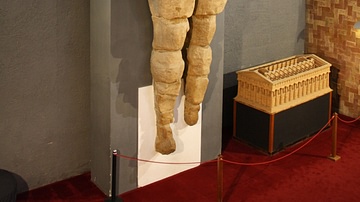
Image
Atlantide, Temple of Zeus, Agrigento
One of the massive atlantide figures from the temple of Zeus (480s BCE) in Agrigento. There were 38 such figures incorporated into the architecture of the building and each stood 7.6 metres tall. (Archaeological Museum, Agrigento, Sicily).
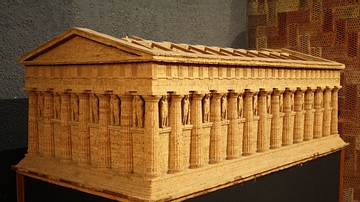
Image
Temple of Zeus Model, Agrigento
A model of the temple of Zeus, Agrigento. One of the largest in the ancient world, the temple was constructed in the 480s BCE. It measured around 113 x 56 metres and stood on a five-step base, it was 33 metres high. (Archaeological Museum...
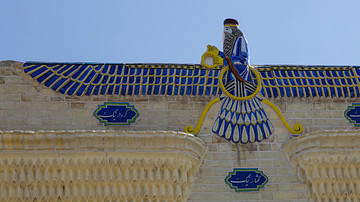
Image
A Faravahar Symbol in a Fire Temple
A Faravahar or Frawahr symbol in a Zoroastrian Fire Temple in Yazd, Iran, one of the symbols adopted by Zoroastrianism.
This symbol represents a winged guardian or fravashi, an angelic being of the Zoroastrian religion.
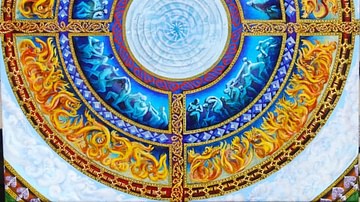
Image
The Four Elements
The Four Elements. Painting by Mana Lesman. Used with the permission of the artist.
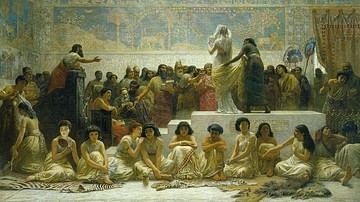
Image
Babylonian Marriage Market
Babylonian Marriage Market by Edwin Long, 1875 CE, Royal Holloway College, London.
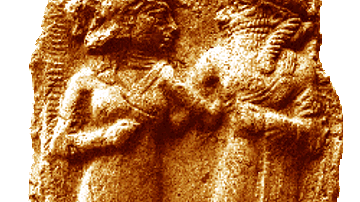
Image
Marriage of Inanna and Dumuzi
On this Sumerian relief, the marriage of the goddess Inanna and the Sumerian King Dumuzi is depicted.
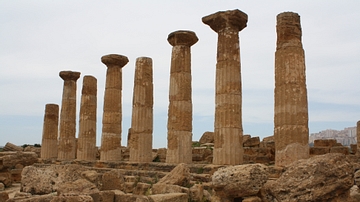
Image
Temple of Hercules, Agrigento
The remaining columns of the Temple of Hercules, Agrigento, Sicily. Built in the 6th century BCE, the temple originally had 6 columns on each facade and 15 along the sides.